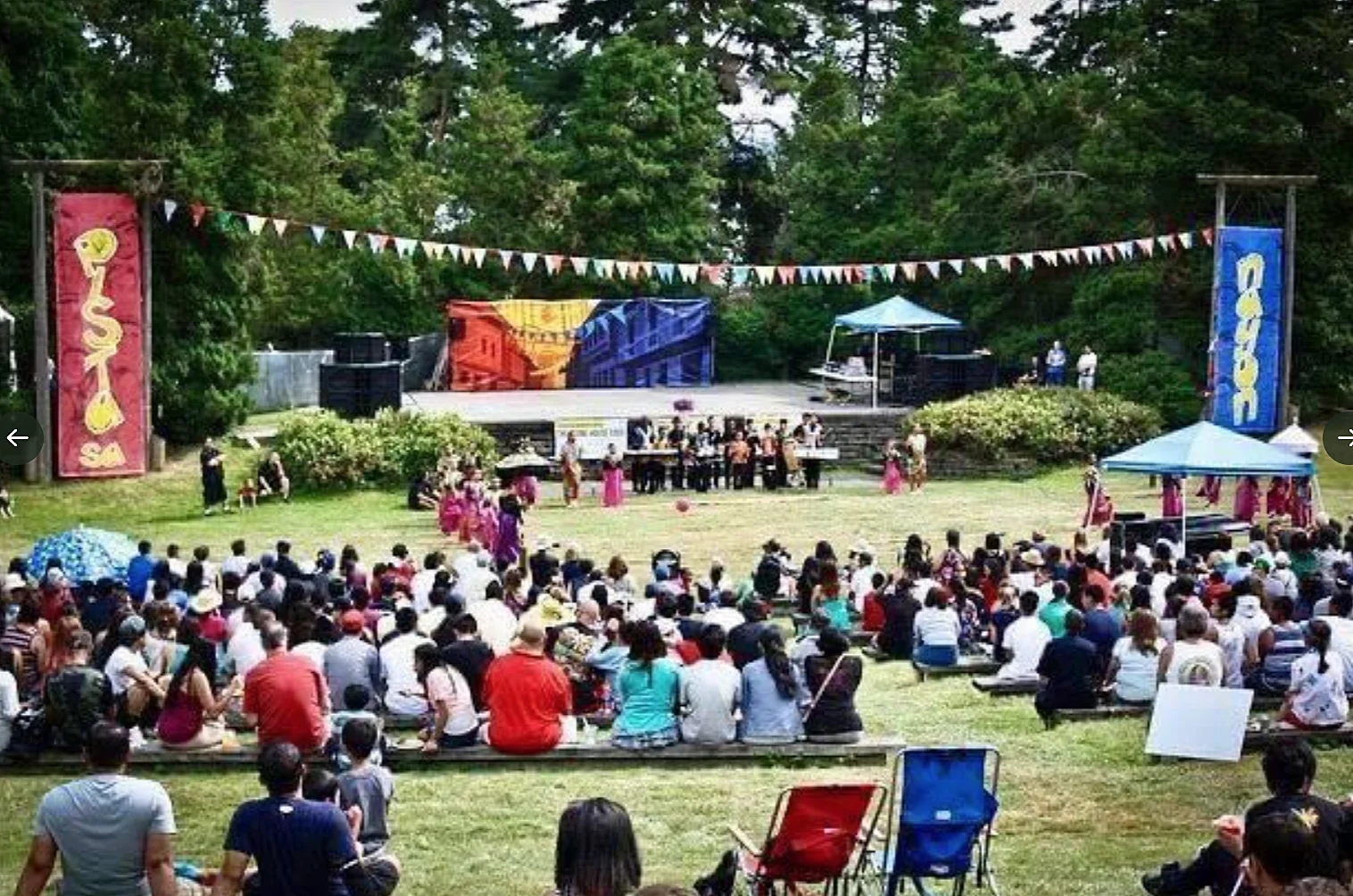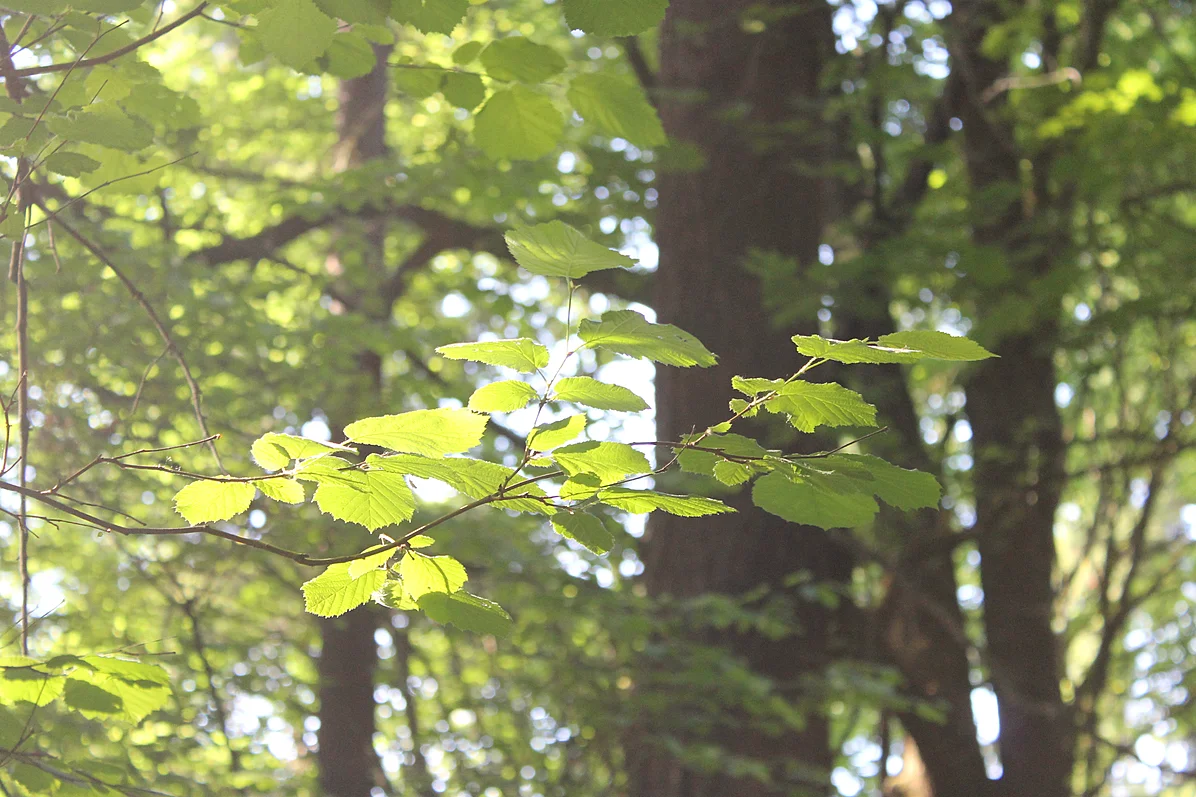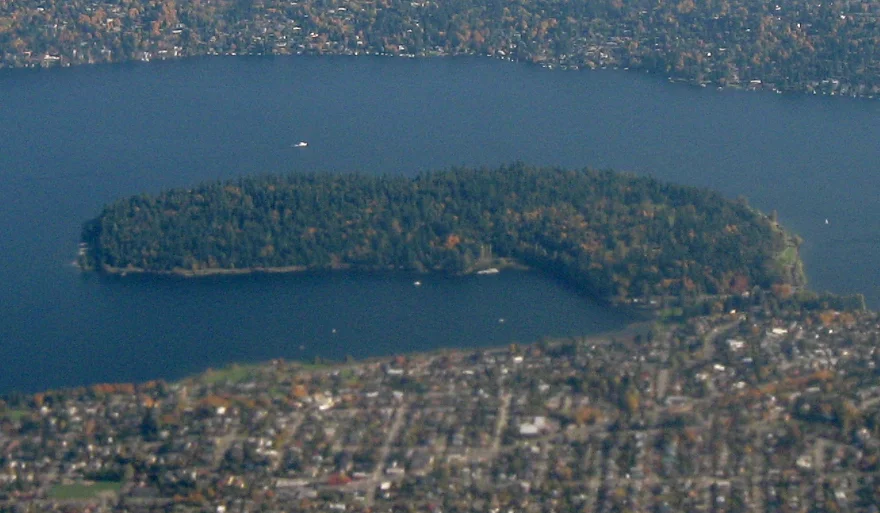If you wish to contribute…
We welcome support in any form. You may have ideas for research. You may wish to volunteer some time working in the forest – for instance, to help track forest health. Or you may wish to contribute financially.
A range of projects in need of support is described below in the Possible New Studies tab. Other ideas are welcome.
We are frugal and transparent in our handling of contributions. Our approach to fiscal responsibility and oversight is described under Spending Resources Wisely: the Scientific Advisory Board.
If you are tentatively interested in donating, but need to know more, or wish to proceed incrementally in small steps, please get in touch. See contact info under the Contact tab.
An Overview of Sword Fern and Hemlock Decline
In the last ten years two foundational species – sword fern and Western Hemlock – have undergone catastrophic decline in Seward Park’s rare urban old-growth forest.
About 25% of the sword ferns are now dead. The die-off continues to spread – though. in the last few years, at a slower rate than when it began. Decades will pass before natural revegetation happens, because little sunlight strikes the ground to drive plant growth. So Seattle Parks and the Friends, using different strategies, are engaged in new plantings, and carefully tracking survival of the newly installed native plants.
Two thirds of Seward’s Western Hemlocks are dead or dying. This is the late succession climax tree species in this forest – and it is Washington state’s official tree. All age classes are affected, as are all regions of the forest, though we see some stronger effects in the northern region of the peninsula, and in older trees. This die-off appears to be accelerating.
Increased temperatures and changed rainfall patterns may play an indirect role in these die-offs, but as with pine bark beetle tree mortality – where climate change sets the stage for, but does not cause mortality – our preliminary research on ferns and hemlocks suggests that pathogens – as yet unidentified – are involved in both die-offs. Sword ferns and hemlocks are dying elsewhere in the Pacific Northwest, but nowhere so dramatically, nor so easily studied, as here in this 500-year-old forest – located smack dab in the middle of Seattle, a metropolitan area of 4 million people, home to research universities and a booming economy.
Contact Us
Please email questions and suggestions to Paul Shannon, Green Seattle Partnership forest steward and board member, Friends of Seward Park.
No Published Research on these Die-offs
We find no academic or government published studies related to these die-offs. For the sword fern, which has no generally acknowledged economic value, funding agencies lack of interest is not a suprise. Western Hemlock is a puzzle. It provides a large annual harvest of hundreds of millions of board feet, second only to Douglas-Fir timber harvesting in the state of Washington.
Ecological Value of Ferns and Hemlocks Justifies Research
Both plants have ecological value. The sword fern is the dominant understory species of Pacific Northwest lowland forests, with ecosystem functions we as yet little understand. Distinguished forest ecologist Jerry Franklin testifies to its significance in the film (above), and argues for the importance of sword fern research at Seward. The Western Hemlock is the late-succession climax tree species in these same forests. In addition to its economic value, it has symbolic value as well, serving as the official Washington state tree. The dramatic die-off of hemlocks and sword ferns in Seward’s old-growth deserves attention.
Seward’s Forest: An Early Warning System for Regional Forests?
Seward Park’s old-growth forest is like a canary in a coal mine – an early warning system telling us of consequential trouble. Though old, complex, and healthy in many regards, Seward’s forest is exposed to pollution, urban heat, climate change, and heavy visitation. These factors combine, creating unusual vulnerabilities. This forest is a leading indicator of challenges to regional forest health.
The sword fern die-off is now a regional phenomenon, and our preliminary results (suggesting a water-borne pathogen, ruling out drought stress) are the first on the problem.
Our loss of Western Hemlock is – we can only assume – far more severe than is seen elsewhere in the region. But that may not continue. It would be prudent to study our hemlock die-off now, so that if severity appears elsewhere, a response can be ready.
The Forest is 500 years old. What of its next 500 years?
This forest has been robust and resilient on this peninsula for 6000 years. It has been 500 years since the last stand-replacement fire. But in our current era, the Anthropocene, the forest faces challenges it has never seen before, losing foundational plant species at devastating speed. Help us figure this out – so that this forest might flourish here for centuries yet to come.
Please join us
Please consider contributing your time, your insight, your financial support. Together we can discover the mechanisms of disease, elucidate the complex causes, devise appropriate long-term responses. We may find some remedies.
Research Goals, Past Results, Possible New Studies
We describe our research goals, previous work, and some possible new projects here. Donations to research projects are welcome, and can be made below. Also welcome, and often a good place to start, is to explore a possible donation to a developing or proposed research project, where details are still being worked out.
SAB: The Scientific Advisory Board
- Tim Billo, PhD, Ecologist, UW College of the Environment
- Marianne Elliott, PhD, WSU Plant Pathologist
- Ed Dominguez, Lead Naturalist, Seward Park Audubon Center
- Mark Boyar, Mountains to Sound Greenway Trust board member; President, Middle Fork Outdoor Recreation Coalition
- Steven Burke, Noxious Weed Control Program Manager at King County
- Nitin Baliga, PhD, Microbiology, SVP and Director, Institute for Systems Biology
- Paul Talbert, PhD, Molecular Biologist, Fred Hutchison Cancer Center.
- Elizabeth Van Volkenburgh, PhD, Plant Physiologist, UW Professor Emerita
.
LAKE WASHINGTON BOULEVARD SURVEY
Please help guide the city in planning a safer future for all users of Lake Washington Boulevard by filling out this survey!
Occupying the 200 acre Bailey Peninsula, with three miles of shoreline, and 120 acres of old-growth forest, this city park has forest trails, wildlife, a swimming beach on Andrews Bay, two playgrounds, the Seward Audubon Center, the Clay Studio, summer camps, tennis courts, Shakespeare, community celebrations and open space. All are welcome!
The Friends of Seward Park
We are volunteers working to preserve and enhance Seward Park, on behalf of all of the park’s visitors, the old-growth forest, and many species of wildlife.
We meet monthly on the second Saturday of the month 9:30-11:00am at the Seward Park Audubon Center and/or by this Zoom link. Please join us!
The Friends of Seward Park is a non-profit (501c3) organization. Your donations are tax deductible (EIN# 36-4504396). We appreciate your donation!
Lake Washington Boulevard Visioning
The city is currently engaged in a visioning process for the future of Lake Washington Boulevard, which is used by homeowners, cyclists, cars, pedestrians, wheelchairs, strollers, scooters, service vehicles, and others. The boulevard is a both a park and a traffic arterial for commuters, recreational users, and residents, and, together with the lower loop road of Seward Park, has hosted Bicycle Sundays for more than 50 years. Please fill out this survey to help guide the city on the future of Lake Washington Boulevard.








